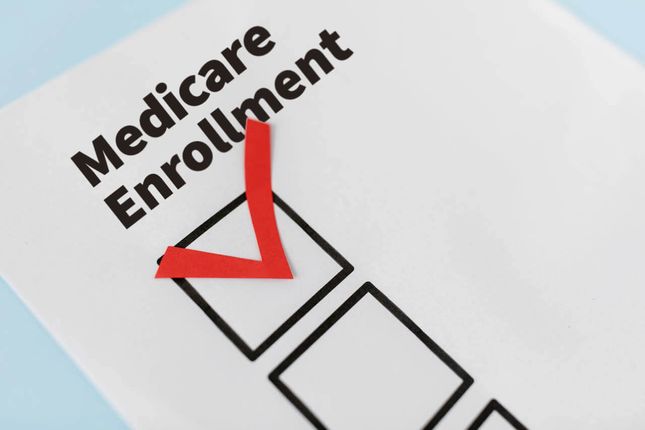How to Build a Medicare Enrollment Checklist

Read time: 7 min


Read time: 7 min

Expert, non-commissioned Medicare advisors are available Monday - Friday: 9am - 6pm CST
Call (855) 922-5051 TTY 711Our agents typically get back to you within two minutes.
Share your questions with us in an email, and we'll get back to you with tailored advice.
[email protected]